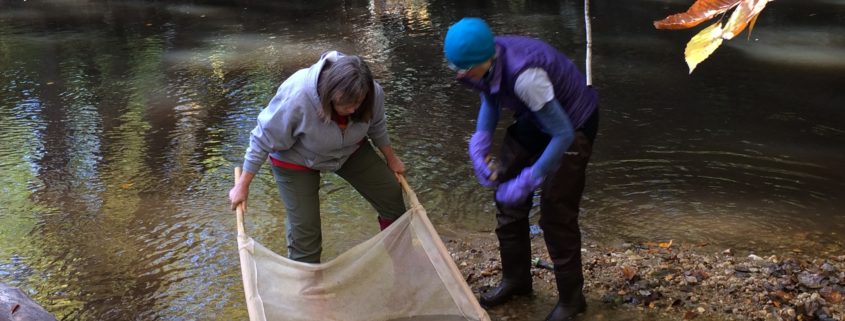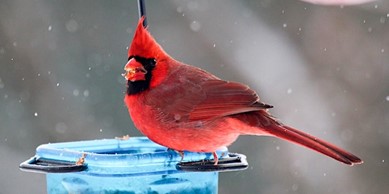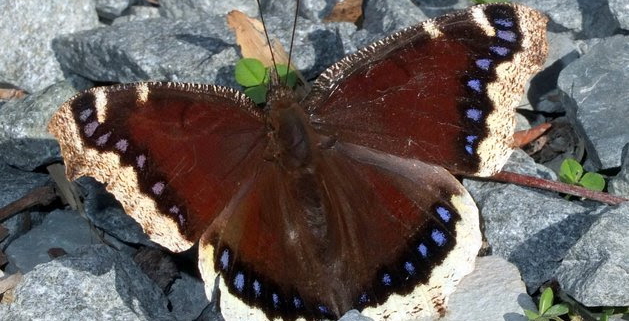Photo by J. Quinn
Below is a list of Stream Monitoring Citizen Science, Workshops, and other monitoring opportunities in the area for July and August.
*NVSWCD Workshop
Pohick Creek Stream Monitoring Workshop
When: Sunday, July 17, 10:00am-12:30pm
Where: Hidden Pond Nature Center, Springfield
This is the workshop site of a recently-retired stream monitor and is currently up for adoption. Come join us at this beautiful county park! Space is limited, please register for the workshop here.
*NVSWCD Workshop
Holmes Run Stream Monitoring Workshop
When: Saturday, July 23, 9:00-11:30am
Where: Holmes Run Stream Valley Park, Falls Church
This workshop site is an easily-accessible location just downstream of Lake Barcroft. Come explore this beautiful spot in the Cameron Run watershed! Space is limited, please register for the workshop here.
*NVSWCD Workshop
Difficult Run Stream Monitoring Workshop
When: Sunday, August 21, 10:00am-12:30pm
Where: Difficult Run Stream Valley Park, Great Falls
This quiet site is known for numerous macros and a relatively high stream score. In spring we found a high number of midges – will we find the same this visit? Space is limited, please register for the workshop here.
*NVSWCD Workshop
Horsepen Run Stream Monitoring Workshop
When: Saturday, August 27, 9:00-11:30am
Where: Horsepen Run Stream Valley Park, Herndon
This stream site parallels the park trail and is a favorite with local runners, bikers, and dog walkers! This site scored higher in the spring monitoring than it had in past years – join us to see if this positive trend continues! Space is limited, please register for the workshop here.
*Northern Virginia Water and Soil Conservation District
Creek Critters Count and Catch Program
When: Sunday, August 28, 1:00pm
Where: Chapman DeMary Trail, Purcellville
Join the Purcellville Parks and Recreation Advisory Board, Purcellville Tree and Environment Sustainability Committee and Loudoun Wildlife Conservancy to get up close and personal with the creek critters living in the South Fork of the Catoctin Creek at the Chapman DeMary Trail. Loudoun Wildlife Stream Team members will discuss the natural history of these critters, help participants learn how to identify them, and explain how they can help us determine the health of a stream. Registration required through Purcellville Parks and Recreation website. Learn more here.
More Training and Stream Monitoring Opportunities
The Northern Virginia Water and Soil Conservation District (NVSWCD) is very excited to contribute their stream data to state and national datasets. If you’d like to see data from all the NVSWCD regional stream monitoring team’s active sites, you can find our organization on the Clean Water Hub. Keep in touch with NVSWCD on our Facebook and Instagram.








